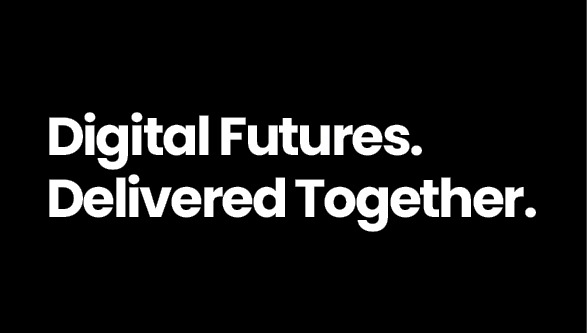4 challenges of remote multidisciplinary teams (and how to overcome them!)
The NHS Five Year Forward View highlights that the NHS will need to dissolve the traditional boundaries between primary care, community services and hospitals.
This is essential if the NHS is to provide the personalised, integrated and coordinated health services that people need. Multidisciplinary teams (MDTs) are an inevitable part of this change.
Made up of various clinicians who work together as one cohesive unit, MDTs ensure that a patient’s clinical requirements are looked at from a holistic perspective. Every week, MDTs made up of health and care professionals from different clinical settings, meet to share information or discuss the treatment needs of the most complex patients. Providing this level of integrated care requires professionals and practitioners from across different disciplines to work together.
Remote MDTsNow, due to Covid, social distancing and self-isolation are likely here to stay for many, particularly for our key workers in health and care, meaning that we must ensure these invaluable MDTs can continue to collaborate virtually. Whilst Covid has certainly accelerated the adoption of tools to enable remote working, existing video capability does not necessarily allow for a true collaborative experience. In many instances the video technology underpinning MDT sessions is aged, unreliable and needs replacing, and in the case of new applications that have been hurried in to meet the new demand, solutions can be diverse in user experience, difficult to navigate, overly complex in their deployment, inflexible, unsecure and easy to break.
- Keeping the technology simple, effective and consistent
The level of user experience we are all afforded with personal applications such as FaceTime or WhatsApp is rapidly becoming the norm. Organisations who don’t enable simple and modern collaboration services that are equal or better to these everyday experiences are at risk of ‘Shadow IT’, where employees adopt technology outside of the corporate environment. These tools require users to carefully select, configure and secure them prior to use to avoid data loss or exposure, however this is often not considered, resulting in risk in compliance, security and control. - Quality of service and file sharing
If there’s one thing we’ve learnt from our research, it’s that poor, unreliable or non-functioning solutions are going to dramatically impact effective clinical decision making during an MDT session. If clinicians don’t have confidence in the quality of the information being shared, they will be concerned about misinterpretation and therefore likely be reticent to adopt the technology. Audio and video quality need to be at its very best for care providers to make safe and informed clinical decisions. - Adopting the technology throughout the user base
We’ve seen Trust’s struggle with collaboration tools after introducing them to a small group rather than through an organisation-wide rollout, leading to staff using different platforms to communicate about the same project. This decentralised user adoption makes it more difficult and more time consuming to collaborate, often leading to staff going back to their old ways of working. - Consolidating technology to use a single application and platform
Overloading a team with too many options can actually make the working environment less efficient. Scattering tools and insights in different screens, browser tabs, and apps can make it harder to get prompt answers and keep track of the conversation. To be truly effective, collaboration tools for MDTs need to make it easy to communicate securely with all colleagues, partners and suppliers, in one place.
Block’s next generation team collaboration
Powered by Cisco Webex
Our service goes beyond traditional video conferencing, our service builds secure bridges between all stakeholders, clinicians, patients and healthcare partners to digitally transform, enable and enhance patient care.
We apply intelligent collaborative solutions for MDTs that ensures a reliable, consistent and high-quality experience regardless of location or situation. Harnessing proven Cisco technologies, our service combines immersive HD video and audio, live content sharing and integrates well with many other collaboration solutions, including Microsoft Teams.
Block’s approach extends far beyond the specifying and deployment of the solution. Technology for technologies’ sake won’t deliver on most organisations’ requirements. To be truly transformative it must be adopted, and to do that it must meet user expectations. The infrastructure to deliver this isn’t always plug and play, environments differ and there is often a need to integrate old with new. By engaging with key stakeholders to determine the true requirements and with a focus on Experience Level Agreements (XLAs), we deliver a user experience that is consistent, simple and effective, regardless of any technical complexities.

